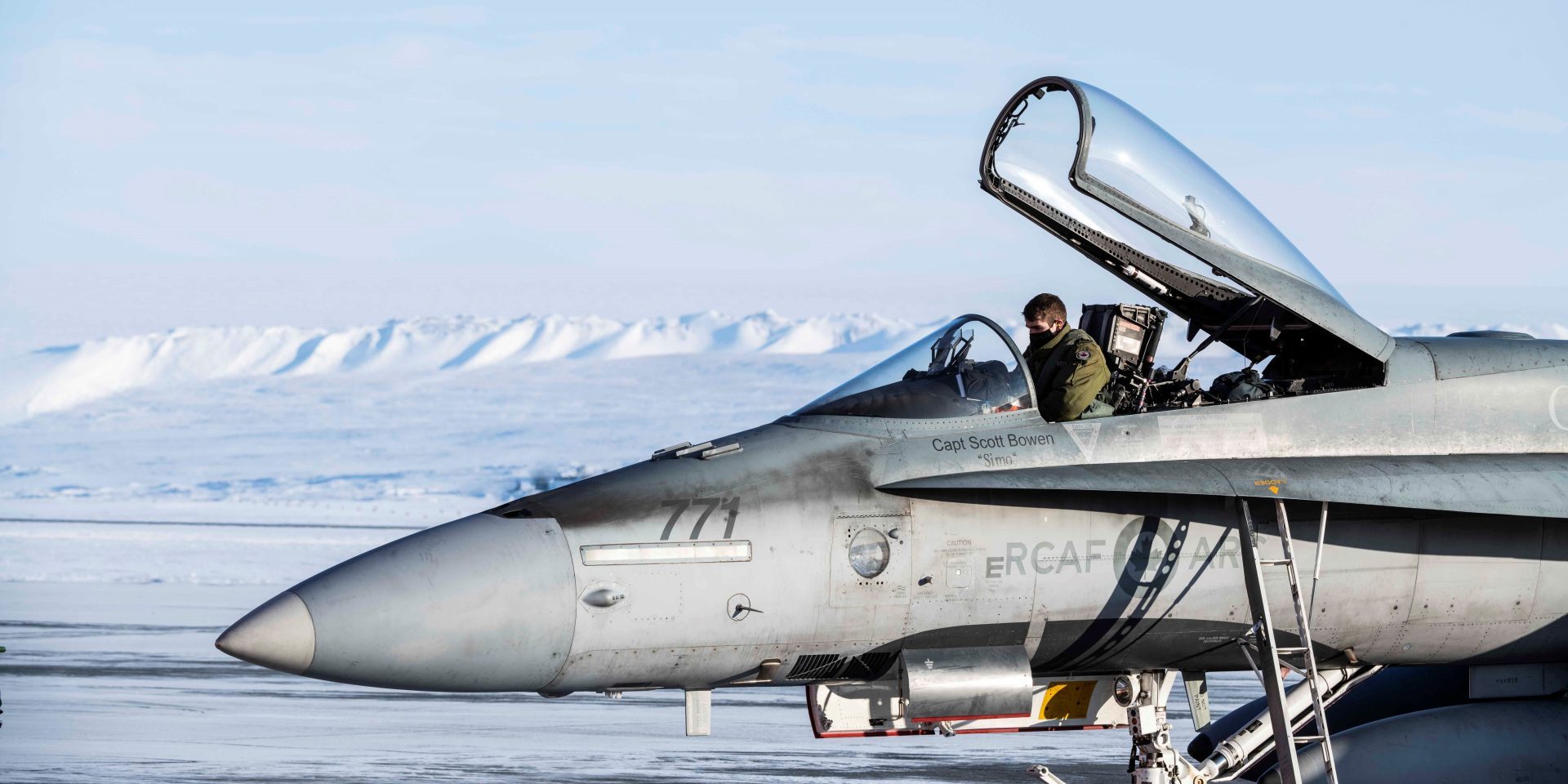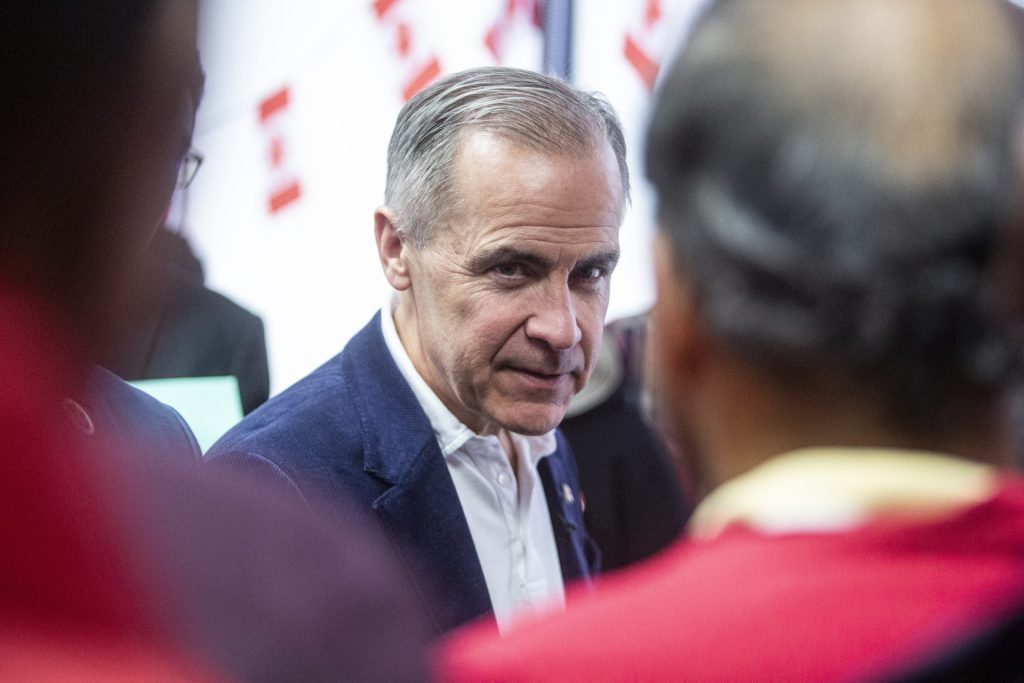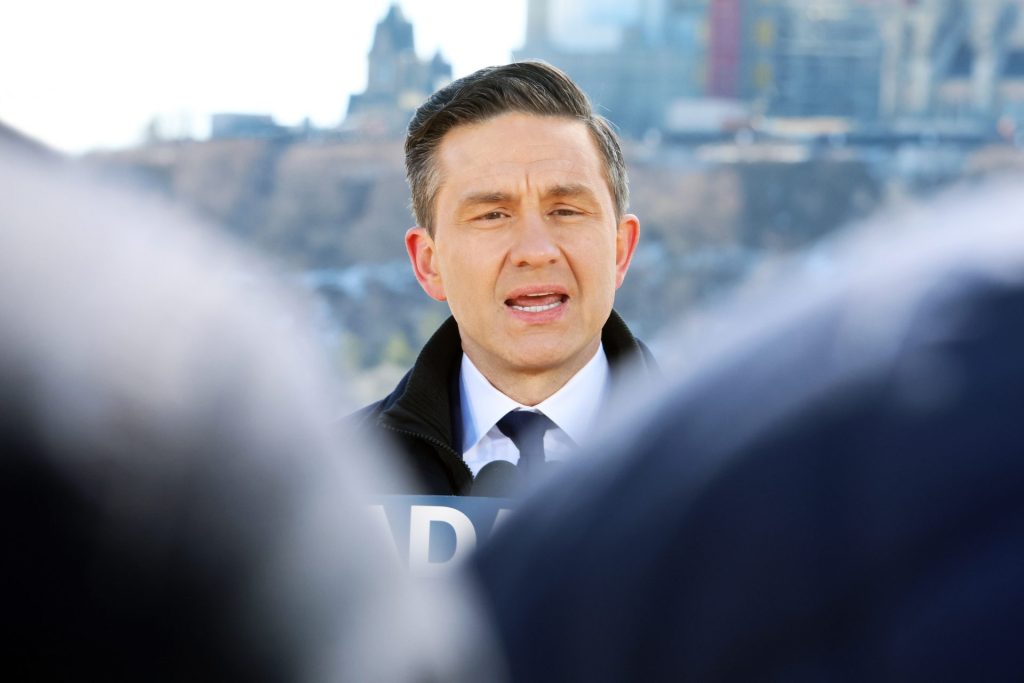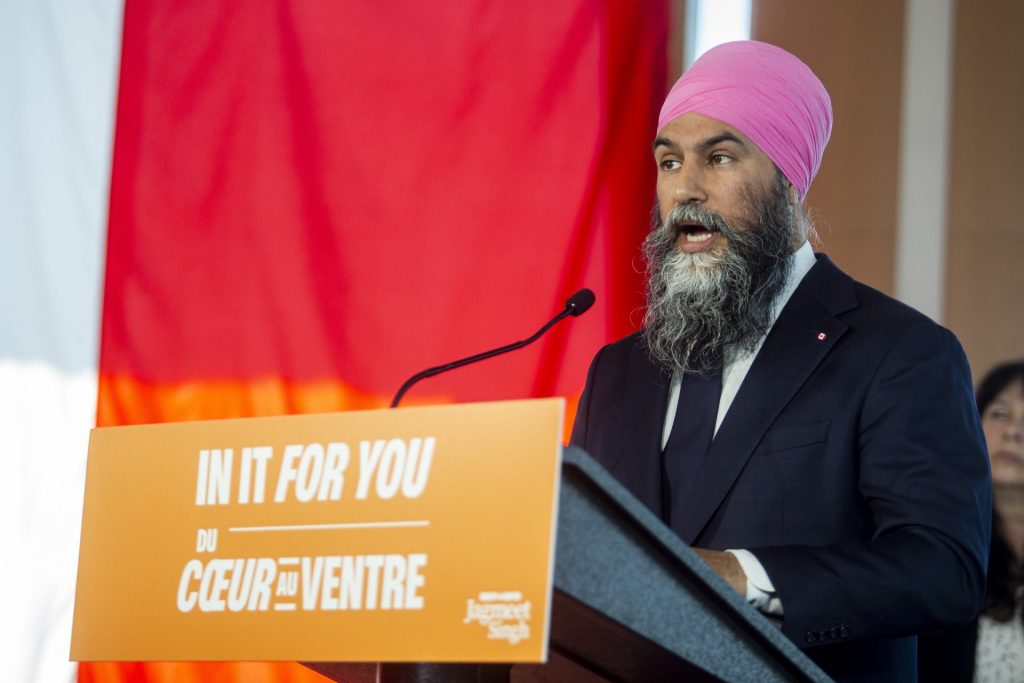Defence pledges have unprecedented electoral spotlight, but more ambition may be needed to match allies: experts

Amid annexation threats from United States President Donald Trump, Canada’s major national parties have put a spotlight on defence pledges in the early days of the election campaign, but questions loom as to whether the commitments are sufficient to match the burgeoning peril.
Prime Minister Mark Carney, running for a seat in Nepean, Ont., has remarked that Canada’s sovereignty faces the “greatest threats in generations” with Trump threatening to absorb Canada as a “51st state,” as well as a rising tide of authoritarianism around the globe.
In response, Carney has pledged to meet Canada’s NATO commitment of two per cent of its GDP on defence spending by 2030—a commitment he first announced during the Liberal leadership race. On March 25 in Halifax, the Liberals rolled out the first tenets of their defence platform, which include promises to purchase submarines and fill the Armed Forces’ personnel shortfall.
The plan also pledges an “unprecedented” investment in the Canadian military, as well as modernizing legislation for the problem-plagued procurement system.
Defence expert David Perry, president of the Canadian Global Affairs Institute, called the military pledges from the three major national parties “interesting and welcome.”
“There seems to be an agreement—at least at a high level—on the need to make further investments in defence,” he said.
The NDP have pledged to reach the two-per-cent target by “no later” than 2032.
“Both the NDP and the Liberals agree that it is necessary for Canada to hit that spending mark, [but] just disagreeing on the specific year that they would do it, which is a sentence that I never thought I’d be saying—so that’s a unique and welcome development,” Perry said.
The Conservatives—who have yet to release a full-fledged defence plan—have not confirmed if they would commit to reaching the metric, but have indicated that they would “work towards” the target.

In the first instalment of their defence plan released on Feb. 10, the Conservatives pledged to establish a permanent Arctic base in Iqaluit, as well as boost the personnel in the Canadian Rangers and build two new polar icebreakers.
Perry said the Conservative approach isn’t as declarative as that of the Liberals and NDP, but remarked it is in the same kind of spirit.
“That’s welcome as a whole,” he said.
Perry said that the recent pledges have an increased degree of “seriousness” compared to those made by the previous government of former prime minister Justin Trudeau, who had indicated that he expected to reach the target by 2032, but didn’t account for how his government would do so.
But, Perry said Canada is still catching up on the NATO metric, as some members of the alliance are boosting their spending well beyond the mark.
“The downside is we seem to be catching up on the old conversation just as it’s on the cusp of changing,” he said, remarking that Canadian political leaders need to be thinking of a metric beyond the two-per-cent target. “[But] you can’t meet a spending target higher than two per cent if you don’t get to two per cent.”
University of Calgary professor Rob Huebert, a Canadian defence and Arctic sovereignty expert, said the fact that the country is dealing with a destabilizing U.S. administration shows that superpowers don’t operate on Canada’s timeline for when it will boost spending.
“We have a growing nuclear-weapon threat from Russia, we have a United States that we can no longer trust, and God knows what China is ready to do in the Arctic,” he said.
He said reaching two per cent won’t solve all of Canada’s security problems, remarking that there needs to be greater strategic planning to understand the threats to which Canada needs to respond.
Charlotte Duval-Lantoine, who authored the 2022 book The Ones We Let Down: Toxic Leadership Culture and Gender Integration in the Canadian Forces, said the pledges aren’t currently meeting the moment.
But she noted that there has been a sea change in how the parties are prioritizing defence during the election campaign.
“We can see still [an approach] of very much throwing spaghetti at the wall and seeing what sticks in terms of the approach to defence policy,” she said. “I don’t see an overarching vision that is clear just yet.”
“Given the severity of the moment, I’m also seeing a lack of ambition,” Duval-Lantoine said, noting that no party is committing to meet the NATO target before the 2030s. “There is no strategic vision that comes with that [which] is a little bit problematic, especially when we find ourselves scrambling, wondering whether or not we can continue relying on the United States—not only in terms of NATO, but also … NORAD.”
Personnel pledges missing the systemic issues
Over the last few years, the Canadian military has been facing a series of compounding crises, including equipment and readiness shortfalls, as well as a recruitment and retention shortage.
To address the personnel crisis, the Liberals and the New Democrats have pledged to increase pay for military members, as well as boost housing options and access to health care.
“The real concrete things that I’ve seen in terms of personnel in the Liberal platform is increasing salaries for service members and for the Conservatives is getting rid of woke culture in the military,” Duval-Lantoine said. “You are showing clearly a lack of understanding of the deep structural issues that service members are facing.”
She said that an increase in salary is a positive, but it isn’t looking at the reasons why a salary boost is needed.

“That’s because service members are moving so often that the problems that regular civilian Canadians are facing today in terms of access to health care, housing affordability, and stuff like that is getting duplicated by service members, which also means that they are less likely to have a dual-income family because they are moving so much,” she said.
Those issues could be exacerbated by the Conservative pledge to open a permanent base in Iqaluit, she said.
“There needs to be a real conversation about the recruitment and retention aspect of opening a base in the Arctic,” Duval-Lantoine said, remarking that there is an open question as to whether service members are going to be willing to move to the North amid a concern over lack of resources.
Focus on major defence purchases: procurement expert
Charles Davies, a retired colonel in the Armed Forces who spent time as the senior director responsible for procurement and equipment management policy, said Canada needs to boost its recapitalization efforts to ensure the military has the equipment it needs.
“We’ve seen time after time after time [that] major platforms just rust out, and they have to be taken out of service,” he said.
While the focus has been on the two-per-cent metric, NATO member nations have also committed to devoting 20 per cent of spending to buying major new equipment. Davies said that Canada needs to be spending north of 25 per cent.

“The Canadian deficit is so great,” he said. “Canada is a very different country than most of the NATO members. We’re not landlocked like many of them are, or nearly landlocked. We have much larger maritime and air areas to cover. Navies and air forces are capital intensive, while armies tend to be more personnel intensive. So we need to be spending a lot more on recapitalization just to keep equipment fit for purpose over the long haul.”
The Liberal defence pledge includes a commitment to fulfill all orders that are underway as part of the National Shipbuilding Strategy.
Davies said that Trump has focused minds on the need to invest in defence, but he noted that many of the pledges will take time.
“This is a very near-term threat that needs near-term action,” he said. “It’s good that we’ve come to the realization … I hope that global circumstances will give us time to get our act together.”
nmoss@hilltimes.com
The Hill Times






 LICENSING
LICENSING PODCAST
PODCAST ALERTS
ALERTS













